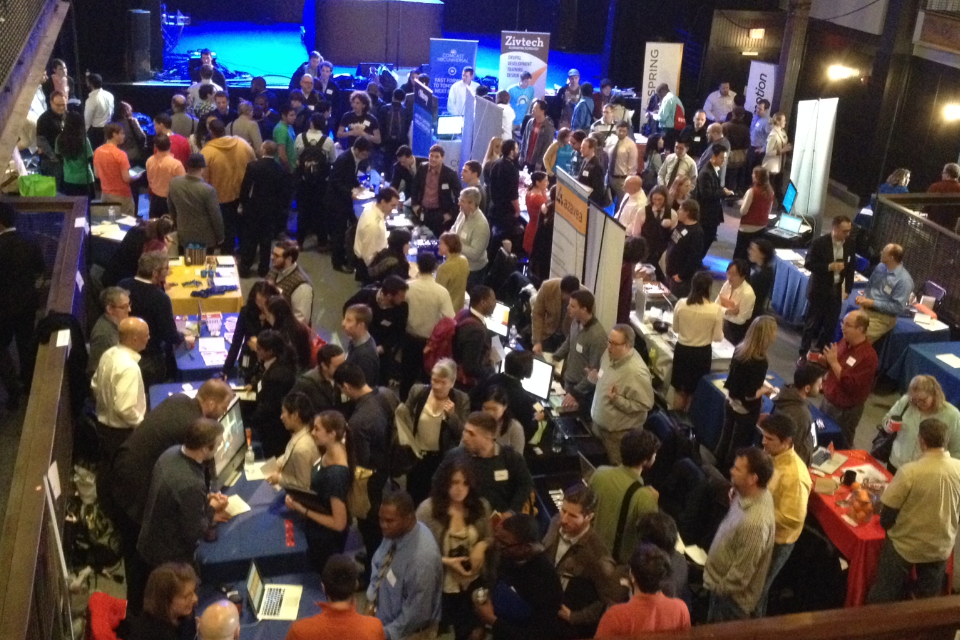The federal jobs report released on Friday was staggering.
With 20.5 million jobs lost amid a pandemic that has put entire industries are on hold, the national unemployment rate rose to 14.7%, according to results of a survey of jobs from the second week of March to the second week of April reported by the U.S. Bureau of Labor Statistics.
It reflected a fast change of fortune. In February, unemployment was at a 50-year low. Never mind comparisons to the Great Recession, where unemployment peaked at 10%, nor to any individual jobs report: This was the “largest over-the-month increase in the history” of the monthly BLS releases, which date to 1948. Instead, one has to turn back to the Great Depression to find such a staggering human toll.
Yet there was one piece of data reported that might lead one to question whether we are in for the same yearslong ordeal as Americans experienced in the 1930s. There was a huge increase — tenfold — in the number of workers who indicated as being temporarily unemployed, bringing the total in that category to 18 million.
It comes as businesses indicated they are in a holding period, seeking to stay alive — some with the help of government aid — while they plan scenarios and hope that the worst predictions of the health crisis will not take hold. In the initial wave, many took action quickly to help workers become eligible for benefits right away, and hope appears to have translated to workers. A Washington Post-Ipsos poll that indicates 77% of workers who were laid off believe they will get their pre-pandemic jobs back.
So it’s notable that the group is also more than three-quarters of those who are unemployed. Anirban Basu, chairman and CEO of Baltimore-based Sage Policy Group, said the data imply these workers classified as temporarily unemployed will return to their employers quickly — “however, that is unlikely since many employers will not survive the crisis.”
“While those workers may consider themselves temporarily dislocated, as a practical matter many may find themselves to be unemployed more than temporarily,” Basu said.
There’s also a question of timing. While the stay-at-home orders brought a fast plummet, the early talk of a recession in mid-March brought talk of a “V-shaped recovery,” where a fast fall is followed by a sharp spike back up quickly. But that no longer seems to be in the cards, and now a swoosh is being discussed.
Whatever the shape, the employment recovery is likely to be “erratic,” said Basu. Many different industries are impacted, but they will each be on different timelines to regain steam.
“Still, once the economy opens up in earnest, unemployment should dip rather quickly into 2021 and end next year in the high single-digits,” Basu said.

The spike in unemployment. (Image courtesy of U.S. Bureau of Labor Statistics)
As Dr. Daraius Irani, who is chief economist of the Regional Economic Studies Institute at Towson University pointed out, the recovery will also be dictated in part by the stay-at-home orders that are being implemented by government and public health offices. Irani said the best-case scenario, with a widely available vaccine or treatment to combat the virus, would put a recovery around 2021 or 2022. A worst-case scenario, without a vaccine or treatment, would be much longer.
Either way, it seems clear that the economy won’t be turning back on all at once. This brings challenges for the businesses that employ workers. Even if their closure will only be temporary, social distancing might limit customer access and production — and the number of workers required to get the job done.
“For many small businesses as well as large businesses, the shut down may have been the final straw and they will not come back,” Irani said. “The recovery period based on social distancing protocols may result in some businesses not being able to survive due to the incremental gains in new business as the economy gradually reopens.”
Before you go...
Please consider supporting Technical.ly to keep our independent journalism strong. Unlike most business-focused media outlets, we don’t have a paywall. Instead, we count on your personal and organizational support.
Join our growing Slack community
Join 5,000 tech professionals and entrepreneurs in our community Slack today!





